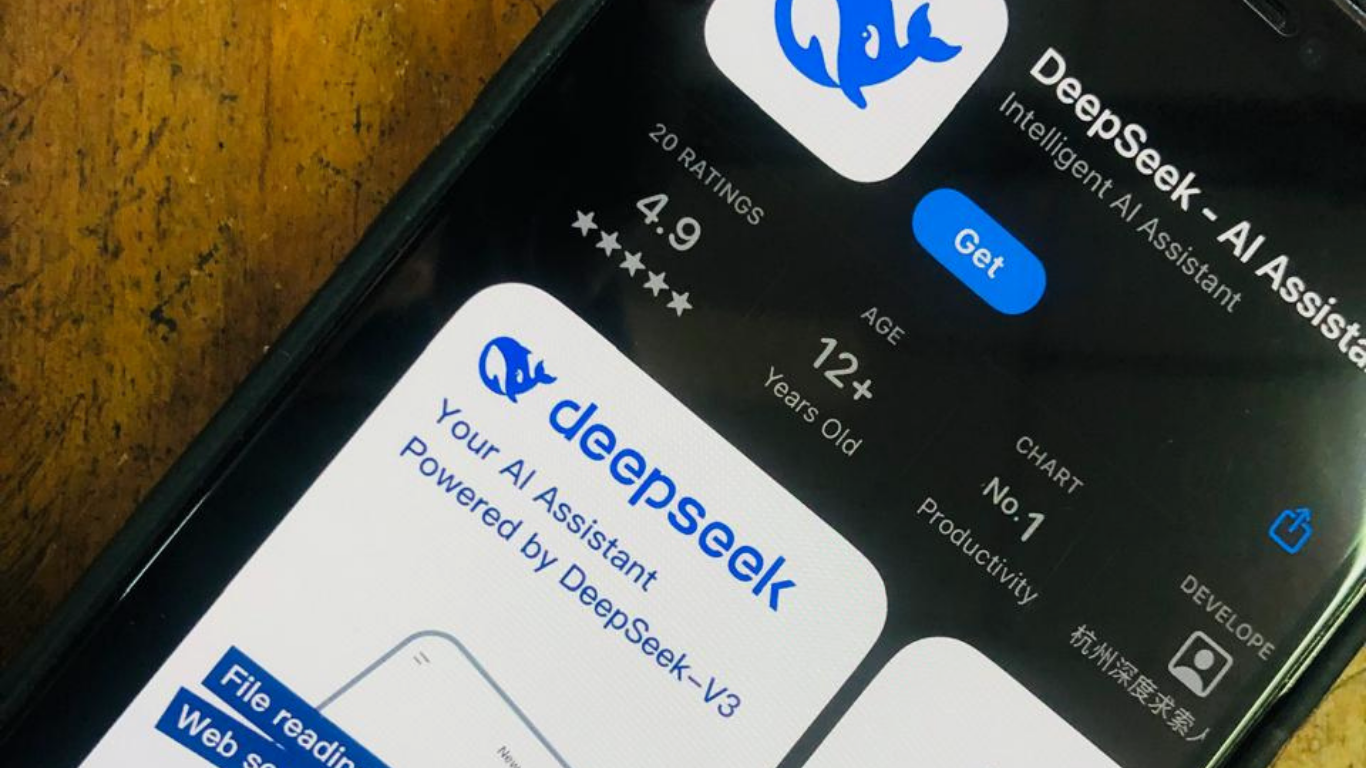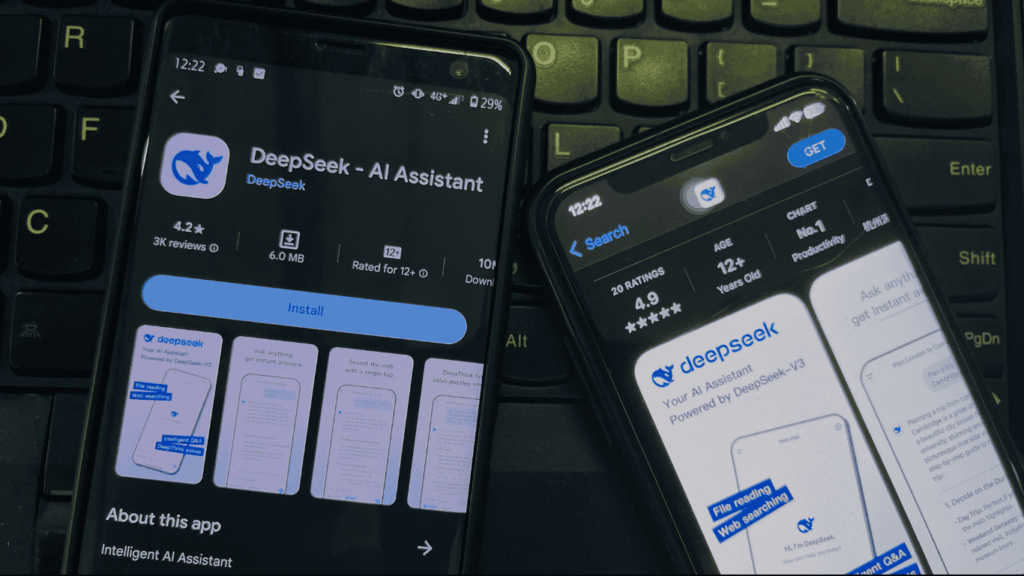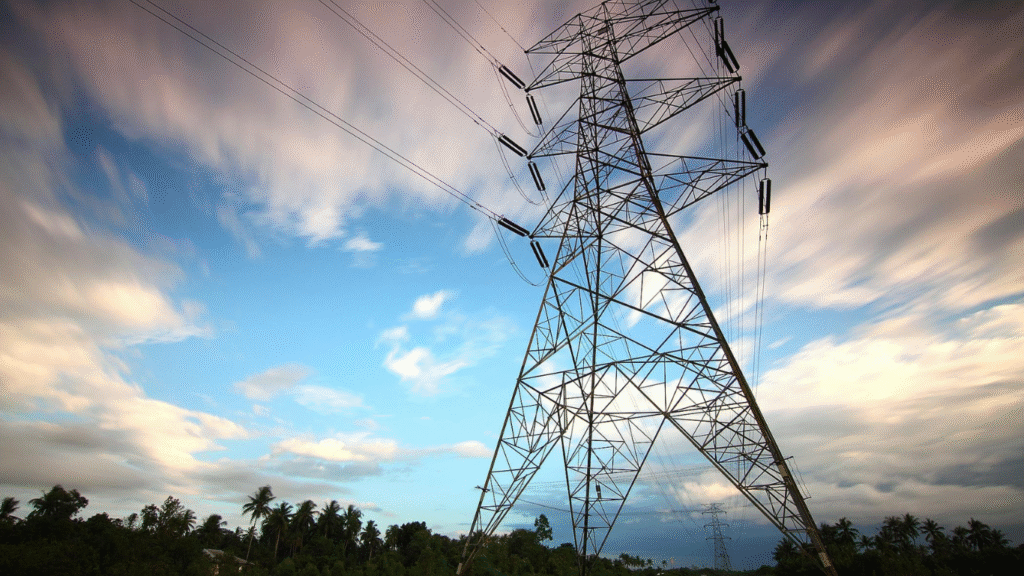Tech News
Why DeepSeek is Making Tech Giants Nervous

DeepSeek introduced R1, a ChatGPT-like AI model. R1 has all the familiar abilities in Chat GPT. It operates at a much lower cost than models from OpenAI, Google, or Meta. DeepSeek spent only $5.6 million on computing power for its base model. In contrast, US companies spend hundreds of millions or even billions on AI. And DeepSeek is a one-year-old Startup.
What is DeepSeek?

source : relaince tech
DeepSeek, a two-year-old AI startup, is led by CEO Liang Wenfeng. It was created from a hedge fund started by engineers from Zhejiang University. The company focuses on new ideas in architecture and algorithms to develop artificial general intelligence (AGI), according to Liang. Unlike OpenAI, DeepSeek says it is profitable.
DeepSeek released two AI models in a short time period. This puts it on par with top U.S. labs, says Scale AI CEO Alexandr Wang. It trained models at a much lower cost. One model cost just $5.6 million to train. That’s about an AI expert’s salary in the U.S. Last year, AI training costs ranged from $100 million to $1 billion. OpenAI’s GPT-4 cost over $100 million. DeepSeek may have changed how we see AI costs, shaking up the industry.
Microsoft’s data breach concerns
Microsoft’s security researchers noticed individuals linked to DeepSeek transferring large amounts of data through OpenAI’s API. The API lets developers and companies use OpenAI’s technology in their apps. As OpenAI’s biggest investor, Microsoft flagged the activity. This led to an internal review. If proven, this could be a major intellectual property breach, intensifying AI tensions between the U.S. and China. It raises concerns about how AI companies protect their data and whether such incidents will lead to stricter regulations on AI development.
Market impact on NVIDIA
NVIDIA’s share price dropped 17% on January 27, 2025. This wiped out nearly $600 billion in market value. The sell-off was sparked by DeepSeek’s announcement of its R1 AI model. R1 reportedly matches Western models but costs much less. DeepSeek’s breakthrough has raised concerns about the demand for high-performance AI chips. These chips are central to NVIDIA’s business. The model was developed using stockpiled NVIDIA GPUs. This development shook the semiconductor sector, impacting other major companies.
DeepSeek is reshaping the AI landscape — but not without controversy. As it challenges major players like OpenAI and Microsoft, it raises critical questions about data security, ethics, and government influence. The world is watching closely, weighing the benefits of innovation against the risks of misinformation and control.
Tech News
Samsung Unveils Game-Changing Micro RGB TV

Samsung has taken a bold step in TV innovation. Their new Micro RGB TV blends cutting-edge display tech with massive screen size. It promises vivid colors, deep contrast, and a price that undercuts high-end Micro LED models. This could be the start of a new era in premium home entertainment.
Samsung is redefining TV tech. They just launched their first Micro RGB TV. The debut model is a massive 115-inch screen. It hits shelves first in South Korea. And it carries a hefty price tag—about $32,362. This TV brings a new kind of backlight. It uses ultra-tiny red, green, and blue LEDs. Each one is under 100 µm in size. This allows each micro-LED to be controlled on its own. That means sharper contrast. And more accurate colors. The magic runs deeper. Samsung’s new Micro RGB AI engine analyzes every frame. It tweaks color output in real time. Even dull scenes get a vivid lift. That makes the picture more immersive.
How Much does a Micro RGB TV cost?
It’s also cheaper to make than MicroLED. Samsung’s 115-inch Micro RGB model costs around $32,362. That’s way less than its 110-inch MicroLED TV, which sells for $150,000 in the U.S. Specs are impressive. The display is 4K with a 144 Hz variable refresh rate. That’s great for gaming. HDR10+ support ensures rich range. It uses AI upscaling to improve lower-res content. The sound is powerful—70 W in a 4.2.2 setup. Dolby Atmos makes it enveloping.

Connectivity? Plenty. Four HDMI 2.0 ports. Two USB-A ports. Wi-Fi and Bluetooth. It even works as a Matter controller. Philips Hue users can sync their lights to what’s on screen. Samsung teased this tech at CES 2025. Now it’s real. South Korea gets it first. The U.S. launch is next. More regions and sizes are coming soon. Samsung isn’t alone in this space. Sony showed off something similar—General RGB LED backlight. Hisense introduced a 116-inch TriChroma LED TV. Both use RGB micro-LEDs to boost color.
But Samsung claims an edge. Their Micro RGB covers 100 percent of the BT.2020 color space. Hisense hits 97 percent. The difference may matter to color-critical viewers. This launch hints at a shift. Micro RGB could bridge the gap between Mini LED and MicroLED. It offers top-tier picture quality. At a more accessible price. For now, only a massive 115-inch model is available. But the promise is clear. Big screens, bold color, smarter lighting control. And more to come.
Tech News
Top 5 Engineering YouTube Channels You Should Follow

As an engineering student, the classroom is just the beginning. Real learning often happens outside lectures. Whether studying mechanical, electrical, civil, or software engineering, YouTube has become a powerful tool to boost skills. From in-depth theory to practical applications, tutorials to career tips, some YouTube channels can help you become a better engineer. They break down complex ideas, explain real-world problems, and even inspire innovation. But with so many options, where should you start? Don’t worry. We’ve done the work for you. Here are the top 5 engineering YouTube channels every student should follow to stay ahead, learn smarter, and grow their passion.
Practical Engineering
This channel focuses on civil and structural engineering. Topics include water systems, bridges, tunnels, and failures in infrastructure. The creator, Grady, explains problems and solutions in a clear, engaging way. It’s great for those who love solving large-scale, real-world problems.
Why follow: Ideal for electrical, civil, and environmental engineering students who want clarity on real-world systems.
The Engineering Mindset
This channel is packed with clear animations and diagrams. It covers topics like HVAC systems, electrical circuits, and PLCs. If you’re a visual learner, this channel is gold. It bridges the gap between textbooks and practical knowledge.
Why follow: Especially useful for electrical, mechanical, and automation engineers.
Learn Engineering
This channel is perfect for engineering theory. It covers mechanical, civil, electrical, and automotive topics using detailed animations. You can find lessons on turbochargers, transformers, gear systems, and much more. It’s like watching your textbook come to life.
Why follow: Perfect for understanding complex topics visually and clearly.
Engineering Explained
Hosted by a mechanical engineer, this channel focuses mainly on automotive engineering. You’ll learn about engines, aerodynamics, transmission systems, and more. Even if you’re not into cars, it helps explain mechanical principles in real-world settings.
Why follow: Perfect for mechanical engineers or anyone curious about how machines work.
Real Engineering
Real Engineering dives deep into engineering concepts with a storytelling approach. You’ll find videos on how jet engines work, the physics behind drones, or the design of Formula 1 cars. The visuals are clean, and the information is reliable.
Why follow: Great for aerospace, mechanical, and general engineering students who want to learn how engineering powers our world.
As engineering students, it’s easy to feel overwhelmed. But learning doesn’t always have to be boring. These engineering YouTube channels make it easier and more exciting to grasp difficult concepts, learn from real engineers, and stay updated with modern trends. So next time you’re stuck with a tough subject or just curious about how things work, open YouTube not for entertainment, but for real education. Subscribe to a few of these channels. Watch their videos. Take notes. Apply what you learn. Engineering is about solving problems. And with these channels, you’ll be better equipped to do just that, smarter and faster.
Tech News
Central U.S. and New England Face Elevated Risk of Summer Power Shortages

As the summer of 2025 approaches, significant portions of the United States, particularly the central regions and New England, are bracing for potential electricity power shortages. This concern arises from a confluence of factors. Including rising energy demand, the retirement of traditional power plants, and the challenges associated with integrating renewable energy sources.
Rising Demand Meets Aging Infrastructure
The North American Electric Reliability Corporation (NERC) has highlighted that electricity demand is projected to increase by approximately 10 gigawatts compared to the previous summer. This surge is mainly due to the fast growth in energy-heavy sectors. These include data centers, factories, and electric vehicles. At the same time, over 7 gigawatts of fossil fuel power have been shut down. This raises concerns about meeting peak demand.
Shifting to solar and wind is good for the environment. But it makes the power supply less steady. These sources depend on the weather. Large battery systems are not yet enough to store extra energy. At the same time, old fossil-fueled plants are shutting down. This makes people question whether the grid can handle extreme weather.

Image credits – pexels.com
Regional Vulnerabilities
Several regions are identified as particularly vulnerable.
Texas (ERCOT): Faces potential shortfalls during early evening hours when solar generation decreases but demand remains high.
-
Southwest Power Pool (SPP): States like Montana and Nebraska could experience reliability issues due to the variability of wind power.
-
Midcontinent Independent System Operator (MISO): Has seen a reduction in supply owing to retiring power plants, placing it at high risk even during normal peak demand periods.
Contributing Factors
Beyond the retirement of traditional power plants, other factors exacerbate the risk of power shortages:
-
Delayed Infrastructure Development: Utilities face challenges in developing new power plants and upgrading transmission infrastructure, hindered by supply chain issues and a shortage of skilled technicians.
-
Extreme Weather Events: Meteorologists predict another particularly hot and dry summer, similar to previous record-breaking years, which could strain the grid further.
-
Integration of Renewable Energy: While approximately 30 gigawatts of solar and 13 gigawatts of battery storage were added over the past year, the lack of new transmission infrastructure hampers the effective distribution of this energy.
Looking Ahead
The current energy landscape underscores the need for a balanced approach that ensures reliability while transitioning to cleaner energy sources. Policymakers, industry leaders, and stakeholders must collaborate to accelerate the development of infrastructure, enhance grid resilience, and implement strategies that address both current and future energy demands.
-

 Industry Insights9 months ago
Industry Insights9 months agoElectrical engineering career paths in 2025
-

 Tech Reviews10 months ago
Tech Reviews10 months agoTop 5 Laptops for an Engineering Student
-

 Tech News10 months ago
Tech News10 months agoWhat Happened to the Chat GPT? – Chat GPT Currently Down!
-

 Tech Reviews10 months ago
Tech Reviews10 months ago5 Cool Tech Gifts for this Christmas Season 2024
-

 Tech News2 months ago
Tech News2 months agoSamsung Unveils Game-Changing Micro RGB TV
-

 How-To Guides7 months ago
How-To Guides7 months agoHow Do Engineers Build Underwater Constructions?
-

 Tech News7 months ago
Tech News7 months agoGoogle is bringing lock screen widgets to Android 16 in this year
-

 How-To Guides6 months ago
How-To Guides6 months agoHow Power Factor Correction Capacitors Improve Energy Efficiency











